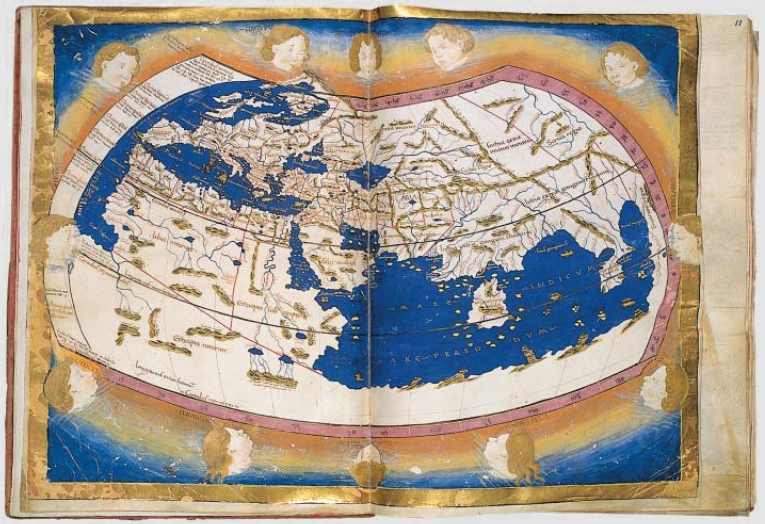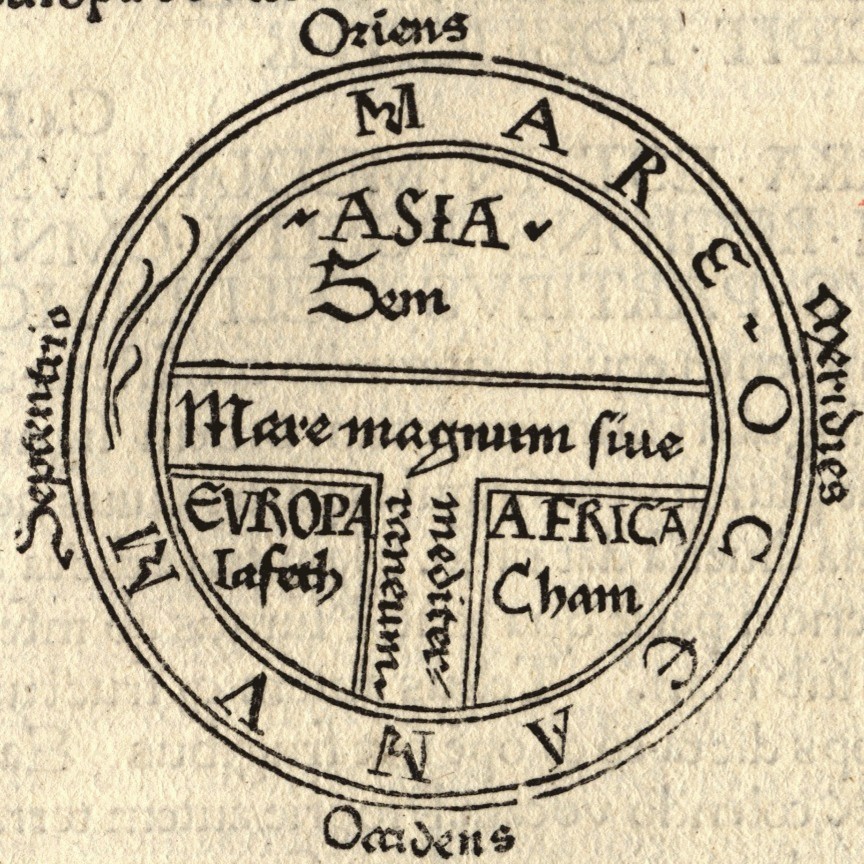Old World (other) on:
[Wikipedia]
[Google]
[Amazon]


 The "Old World" () is a term for
The "Old World" () is a term for
"Mackinder's World"
. ''American Diplomacy'' (UNC.edu). Retrieved 8 September 2018.


 The "Old World" () is a term for
The "Old World" () is a term for Afro-Eurasia
Afro-Eurasia (also Afroeurasia, Eurafrasia or the Old World) is a landmass comprising the continents of Africa, Asia, and Europe. The terms are compound words of the names of its constituent parts. Its mainland is the largest and most populou ...
that originated in Europe , after Europeans had become aware of the existence of the Americas
The Americas, which are sometimes collectively called America, are a landmass comprising the totality of North and South America. The Americas make up most of the land in Earth's Western Hemisphere and comprise the New World.
Along with th ...
. It is used to contrast the continents of Africa, Europe, and Asia in the Eastern Hemisphere
The Eastern Hemisphere is the half of the planet Earth which is east of the prime meridian (which crosses Greenwich, London, United Kingdom) and west of the antimeridian (which crosses the Pacific Ocean and relatively little land from pole to pol ...
, previously thought of by their inhabitants as comprising the entire world, with the " New World", a term for the newly encountered lands of the Western Hemisphere, particularly the Americas. While located closer to Afro-Eurasia within the Eastern Hemisphere, Australia
Australia, officially the Commonwealth of Australia, is a Sovereign state, sovereign country comprising the mainland of the Australia (continent), Australian continent, the island of Tasmania, and numerous List of islands of Australia, sma ...
is considered neither an Old World nor a New World land, since it was only discovered by Europeans after the distinction had been made; both Australia and Antarctica were associated instead with the '' Terra Australis'' that had been posited as a hypothetical southern continent.
Etymology
In the context of archaeology and world history, the term "Old World" includes those parts of the world which were in (indirect) cultural contact from the Bronze Age onwards, resulting in the parallel development of the early civilizations, mostly in the temperate zone between roughly the 45th and 25th parallels north, in the area of the Mediterranean, including North Africa. It also included Mesopotamia, the Persian plateau, the Indian subcontinent,China
China, officially the People's Republic of China (PRC), is a country in East Asia. It is the world's most populous country, with a population exceeding 1.4 billion, slightly ahead of India. China spans the equivalent of five time zones and ...
, and parts of Sub-Saharan Africa
Sub-Saharan Africa is, geographically, the area and regions of the continent of Africa that lies south of the Sahara. These include West Africa, East Africa, Central Africa, and Southern Africa. Geopolitically, in addition to the List of sov ...
.
These regions were connected via the Silk Road
The Silk Road () was a network of Eurasian trade routes active from the second century BCE until the mid-15th century. Spanning over 6,400 kilometers (4,000 miles), it played a central role in facilitating economic, cultural, political, and reli ...
trade route, and they had a pronounced Iron Age period following the Bronze Age. In cultural terms, the Iron Age was accompanied by the so-called Axial Age, referring to cultural, philosophical and religious developments eventually leading to the emergence of the historical Western ( Hellenism, " classical"), Near Eastern ( Zoroastrian and Abrahamic) and Far Eastern ( Hinduism, Buddhism, Jainism, Sikhism, Confucianism, Taoism) cultural spheres.
Other names
The mainland ofAfro-Eurasia
Afro-Eurasia (also Afroeurasia, Eurafrasia or the Old World) is a landmass comprising the continents of Africa, Asia, and Europe. The terms are compound words of the names of its constituent parts. Its mainland is the largest and most populou ...
(excluding islands or island groups such as the British Isles, Japan
Japan ( ja, 日本, or , and formally , ''Nihonkoku'') is an island country in East Asia. It is situated in the northwest Pacific Ocean, and is bordered on the west by the Sea of Japan, while extending from the Sea of Okhotsk in the north ...
, Sri Lanka
Sri Lanka (, ; si, ශ්රී ලංකා, Śrī Laṅkā, translit-std=ISO (); ta, இலங்கை, Ilaṅkai, translit-std=ISO ()), formerly known as Ceylon and officially the Democratic Socialist Republic of Sri Lanka, is an ...
, Madagascar and the Malay Archipelago
The Malay Archipelago (Indonesian/Malay: , tgl, Kapuluang Malay) is the archipelago between mainland Indochina and Australia. It has also been called the " Malay world," "Nusantara", "East Indies", Indo-Australian Archipelago, Spices Archipe ...
) has been referred to as the ''World Island''. The term may have been coined by Sir Halford John Mackinder in '' The Geographical Pivot of History''.See Francis P. Sempa"Mackinder's World"
. ''American Diplomacy'' (UNC.edu). Retrieved 8 September 2018.
See also
*Afro-Eurasia
Afro-Eurasia (also Afroeurasia, Eurafrasia or the Old World) is a landmass comprising the continents of Africa, Asia, and Europe. The terms are compound words of the names of its constituent parts. Its mainland is the largest and most populou ...
* New World
References
{{Western culture 16th-century neologisms Afro-Eurasia Africa Asia Europe Cultural regions Human geography European culture African culture Asian culture Country classifications Cultural history of Asia Age of Discovery Cultural history of Europe